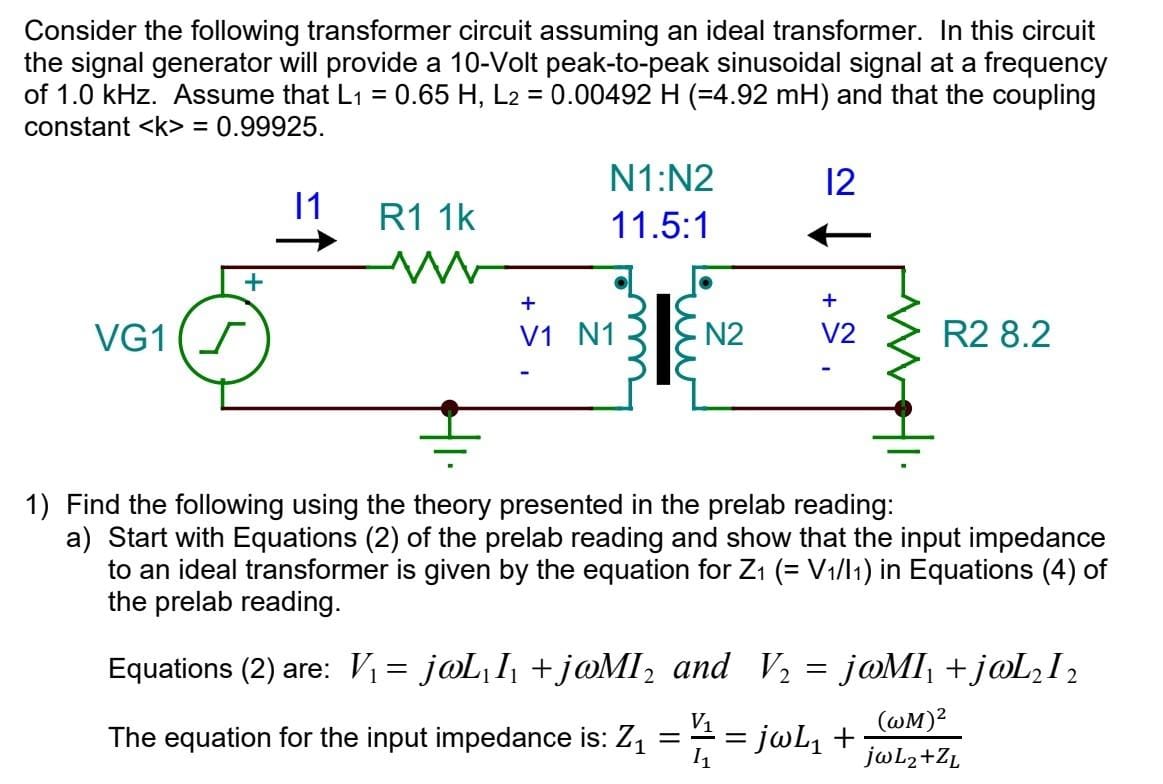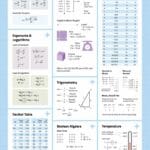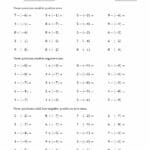Transformers, the powerhouses of modern AI, often seem like enigmatic black boxes. Their impressive capabilities in natural language processing, image recognition, and other fields might appear almost magical. However, beneath the surface lies a sophisticated mathematical framework that governs their every operation. This article delves into the core mathematical principles behind transformer circuits, providing a roadmap for understanding how these models process information and offering a glimpse into ongoing research that’s pushing the boundaries of AI.
Decoding the Transformer’s Engine
Transformers, unlike their predecessors like the InceptionV1 circuit, rely on a unique architecture that necessitates a specialized mathematical framework for analysis. This framework dissects transformer operations – such as multiplication with weight matrices – into interpretable, isolated components, revealing the inner workings of these complex models. Think of it like taking apart a clock to see how the gears mesh and drive the hands. This approach enhances our understanding of each individual function and its contribution to the overall behavior of the transformer.
One of the key innovations within transformers is the attention mechanism. Imagine reading a sentence – you don’t give equal weight to every word. You focus on the words that carry the most meaning. Similarly, the attention mechanism within a transformer allows the model to selectively focus on different parts of the input data, giving more weight to the most relevant information. Mathematically, this involves calculating weighted sums of “value” vectors based on the interaction between “query” and “key” vectors. This dynamic weighting enables the model to capture relationships between different parts of the input, even if they are far apart in the sequence, which is crucial for understanding context and long-range dependencies.
Transformers process input data through a series of interconnected “transformer blocks.” Each block contains two primary components: an attention layer, responsible for the selective focusing we just discussed, and a Multi-Layer Perceptron (MLP) layer. Each layer within each block possesses its own set of adjustable parameters, akin to tuning knobs that allow the model to learn and adapt to various tasks. This modular design, combined with the attention mechanism, provides transformers with exceptional flexibility and power.
Reverse Engineering the Black Box
The mathematical framework for transformer circuits isn’t just about understanding how things work forward; it also empowers us to “reverse engineer” these models. This analytical approach—examining a model’s behavior to understand its decision-making—offers crucial insights into the transformer’s internal processes. By tracing the flow of information backward, we can potentially uncover hidden biases—like systematic preferences for certain types of input—and vulnerabilities that might lead to errors. Furthermore, reverse engineering can identify opportunities for optimization, potentially leading to more efficient and robust models. This capability is particularly important as AI systems become increasingly integrated into critical decision-making processes.
If you’re planning to apply to law school, you may need to calculate your LSAC GPA. Medhub Northwell is offering an exciting opportunity for healthcare professionals looking to advance their careers at Medhub Northwell.
Beyond Traditional Circuits: A New Perspective
Unlike previous models like InceptionV1, analyzing transformer architecture requires a more nuanced mathematical framework due to its unique complexities. InceptionV1, while groundbreaking in its time, relied on a different set of principles and lacked the dynamic attention mechanism that characterizes transformers. The mathematical tools needed to dissect and understand transformers must account for this intricate interplay of attention, layered processing, and parameter adjustments.
Recently, researchers have begun exploring a fascinating new perspective: representing transformers as interacting particle systems. This innovative approach views the flow of information within a transformer as a dynamic system of interacting particles, where clusters of related information emerge and evolve over time. This perspective may offer new insights into the long-term behavior of these models, potentially revealing how they learn, adapt, and even make unexpected connections. This is an active area of research, and while the full implications of this “particle system” view are still unfolding, it suggests a promising direction for future investigations.
Uncharted Territories and Ongoing Exploration
The field of transformer circuit analysis is constantly evolving. While the current mathematical framework provides a solid foundation, there’s much we still don’t know. For instance, how exactly does the interacting particle perspective connect with the original framework based on attention and MLP layers? What are the practical limitations of reverse engineering, and how can we overcome them? These are just some of the questions researchers are actively grappling with. Ongoing research, documented in resources like “A Mathematical Framework for Transformer Circuits” (Elhage et al., 2021), the accompanying walkthrough by Neel Nanda, and recent publications like “[2312.10794] A mathematical perspective on Transformers,” suggests that our understanding of these models is likely to deepen significantly in the coming years. Exploring resources like the Transformer Circuits Thread (transformer-circuits.pub) can provide further insight into this vibrant area of study.
| Component/Perspective | Description | Potential Insights |
|---|---|---|
| Circuit Framework | Breaks down operations (e.g., weight matrix multiplication) into understandable units. | Individual function of operations, overall behavior of the transformer. |
| Reverse Engineering | Analyzing a model’s behavior to understand its decision-making process. | Identifying biases, vulnerabilities, and optimization opportunities. |
| Interacting Particles | Viewing transformers as systems of interacting particles, where information clusters emerge and evolve. | Insights into long-term model behavior, emergence of new connections and concepts. |
By continuing to explore and refine the mathematical frameworks that govern transformers, we’re not just unraveling the mysteries of these powerful AI models. We’re also paving the way for new breakthroughs that may transform the future of artificial intelligence itself.
- Georgia Platform: A Southern Strategy, 1850s - March 31, 2025
- How many weeks is 40 days: Quick Conversion Guide for Accurate Results - March 31, 2025
- How many feet is 300 meters? 984 Feet: Understand Length Conversions Easily - March 31, 2025
















